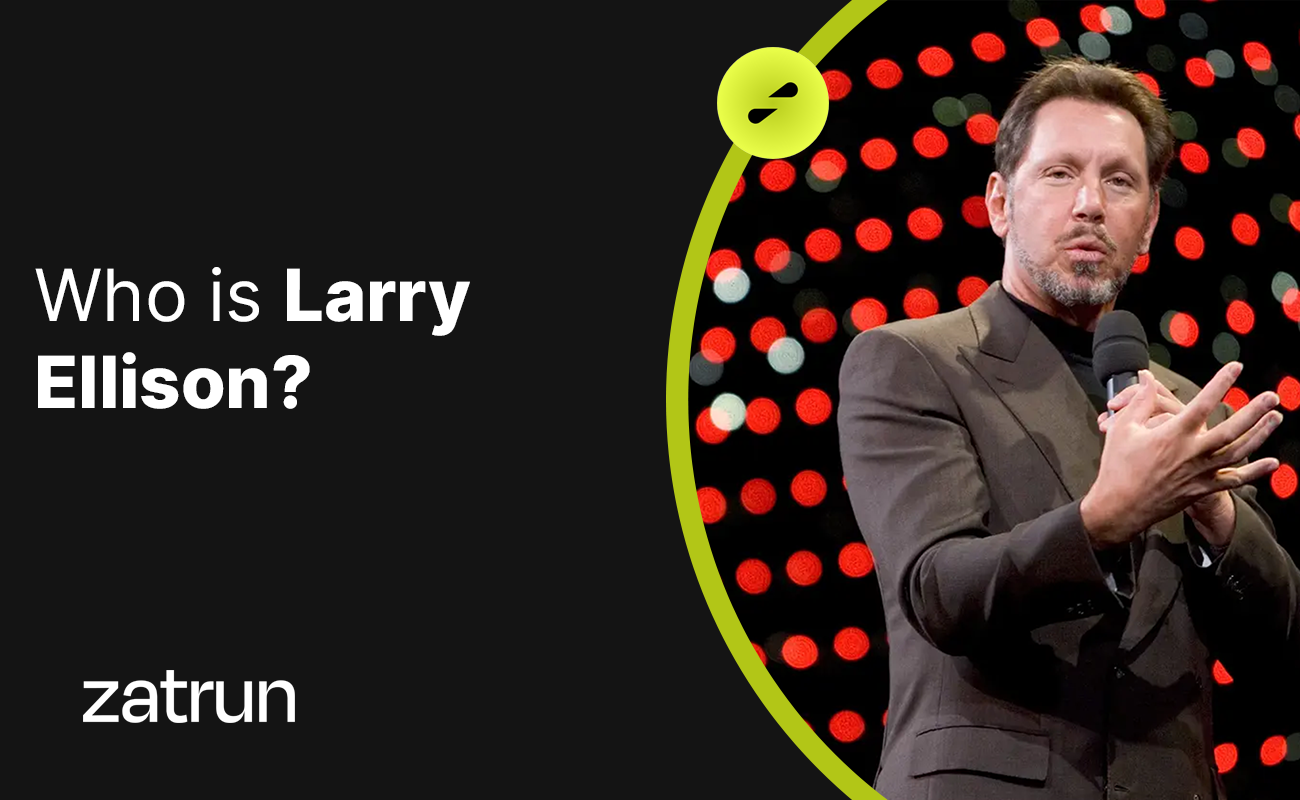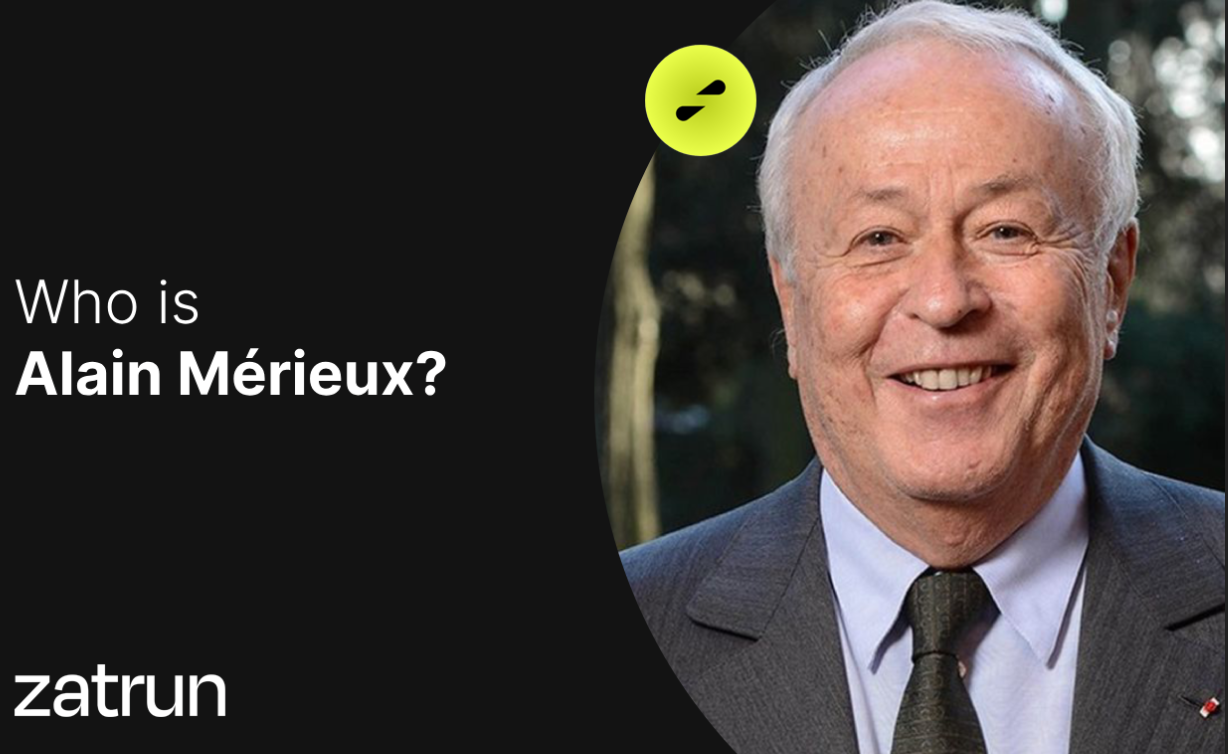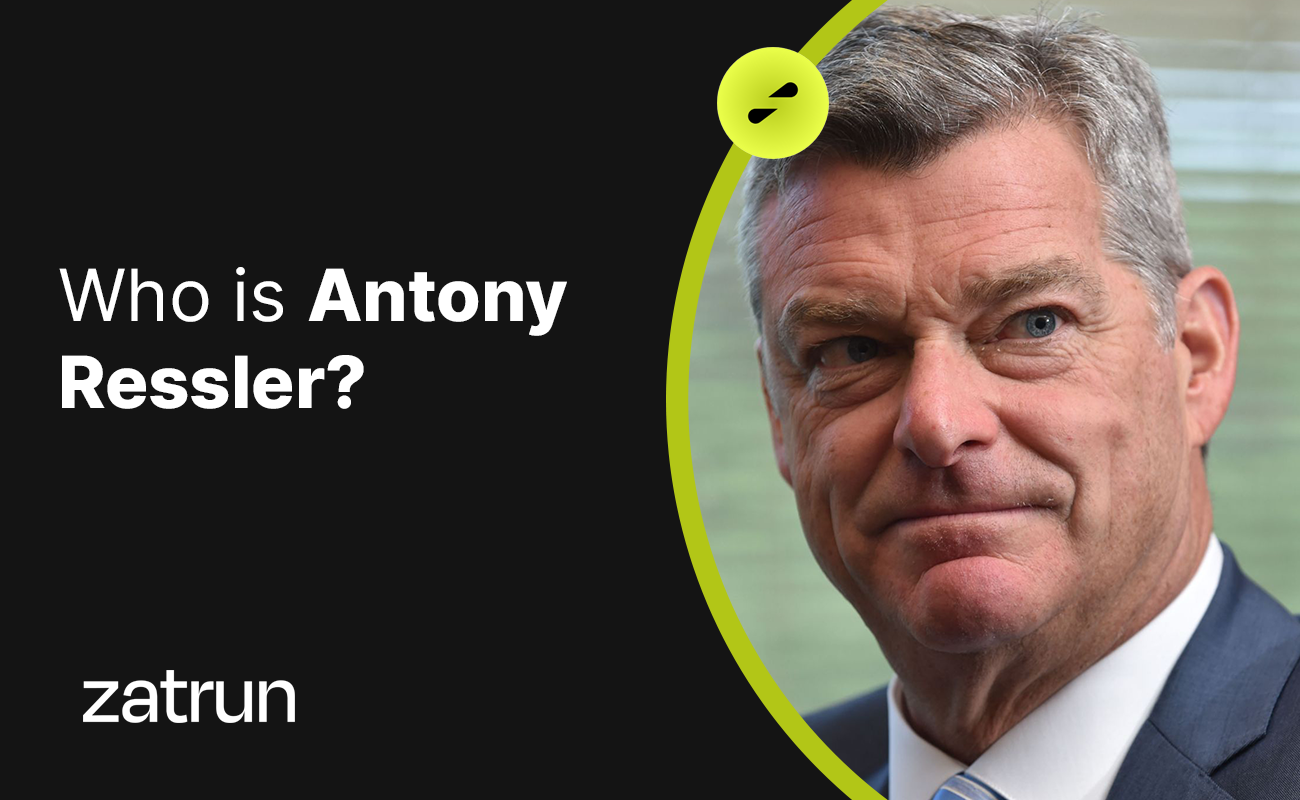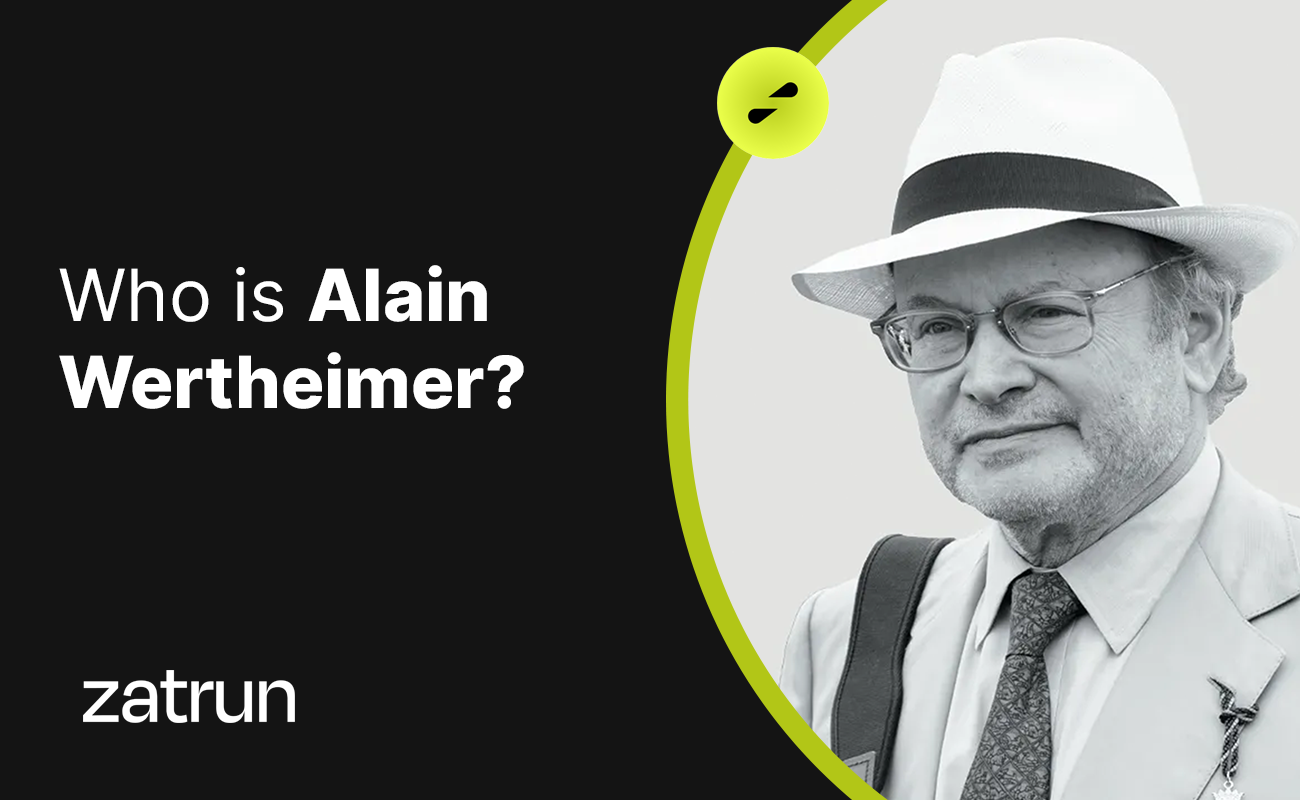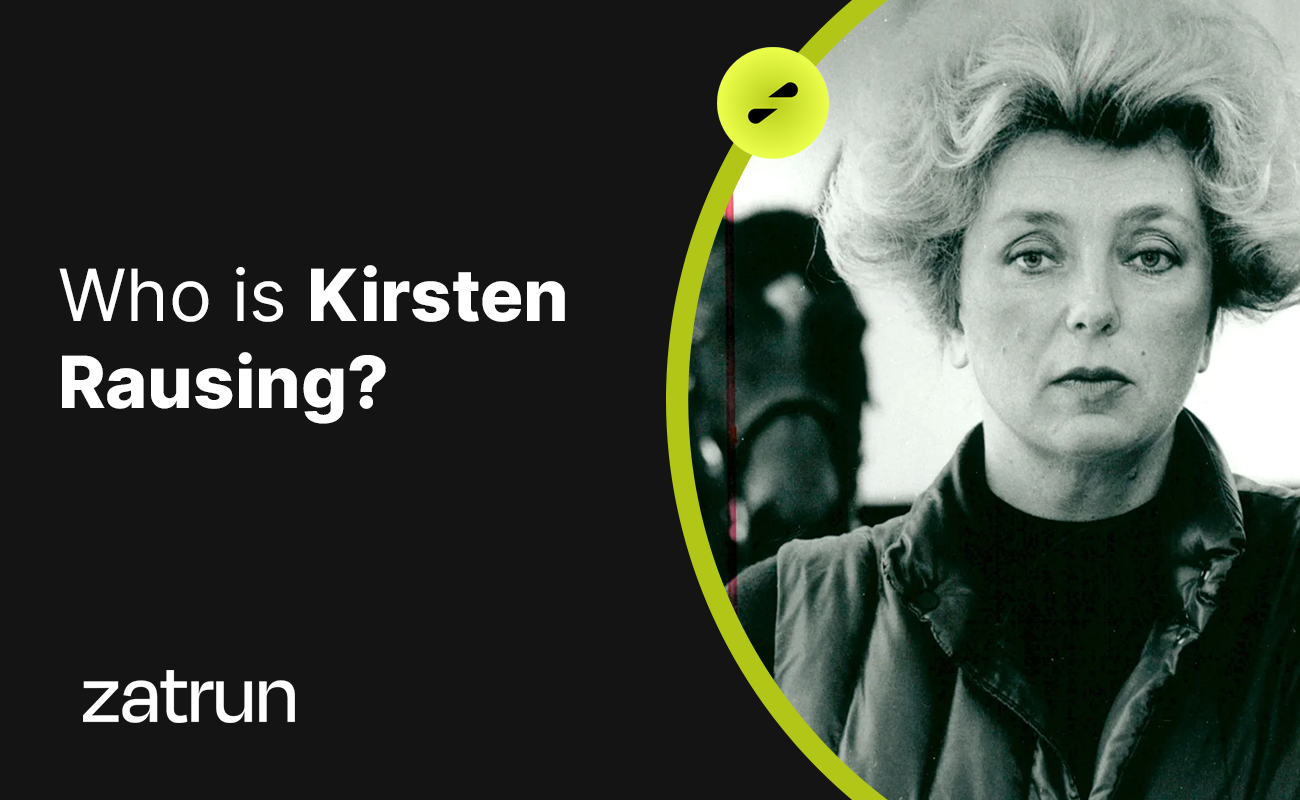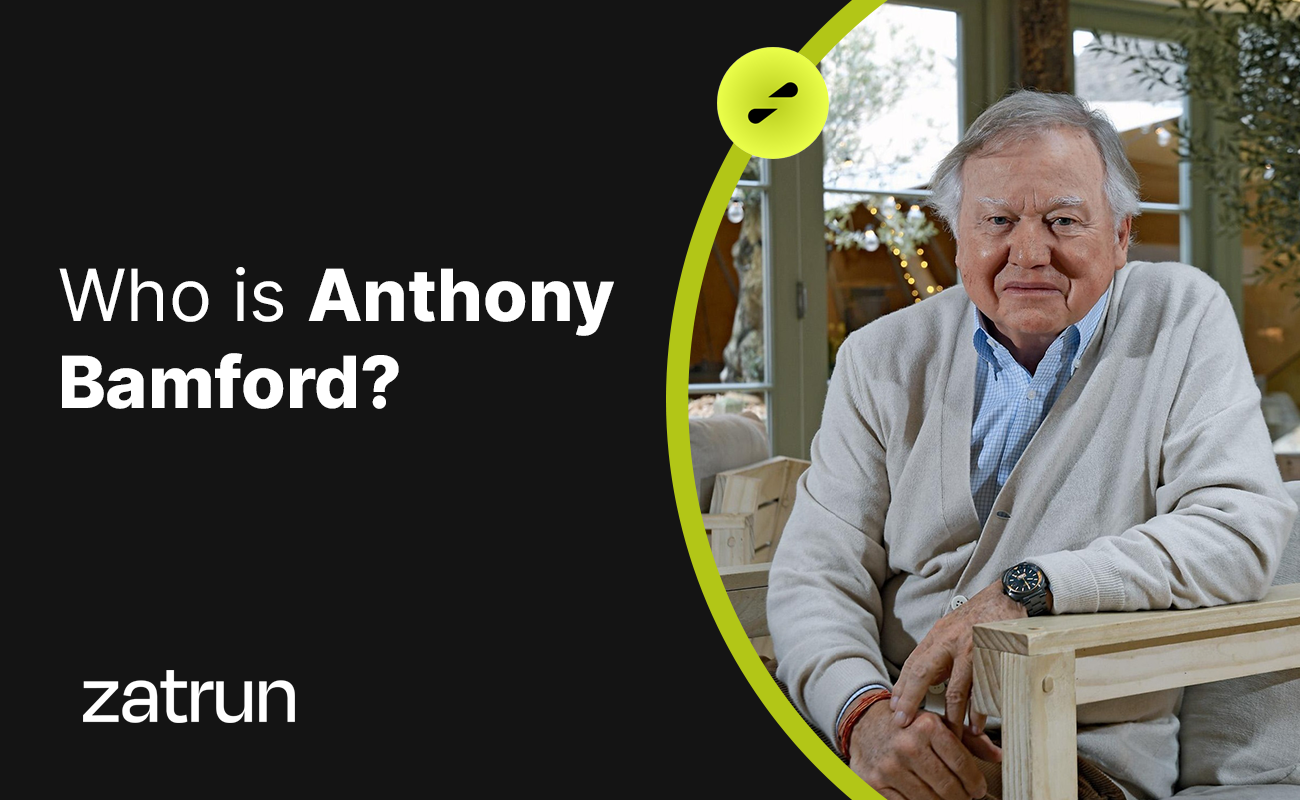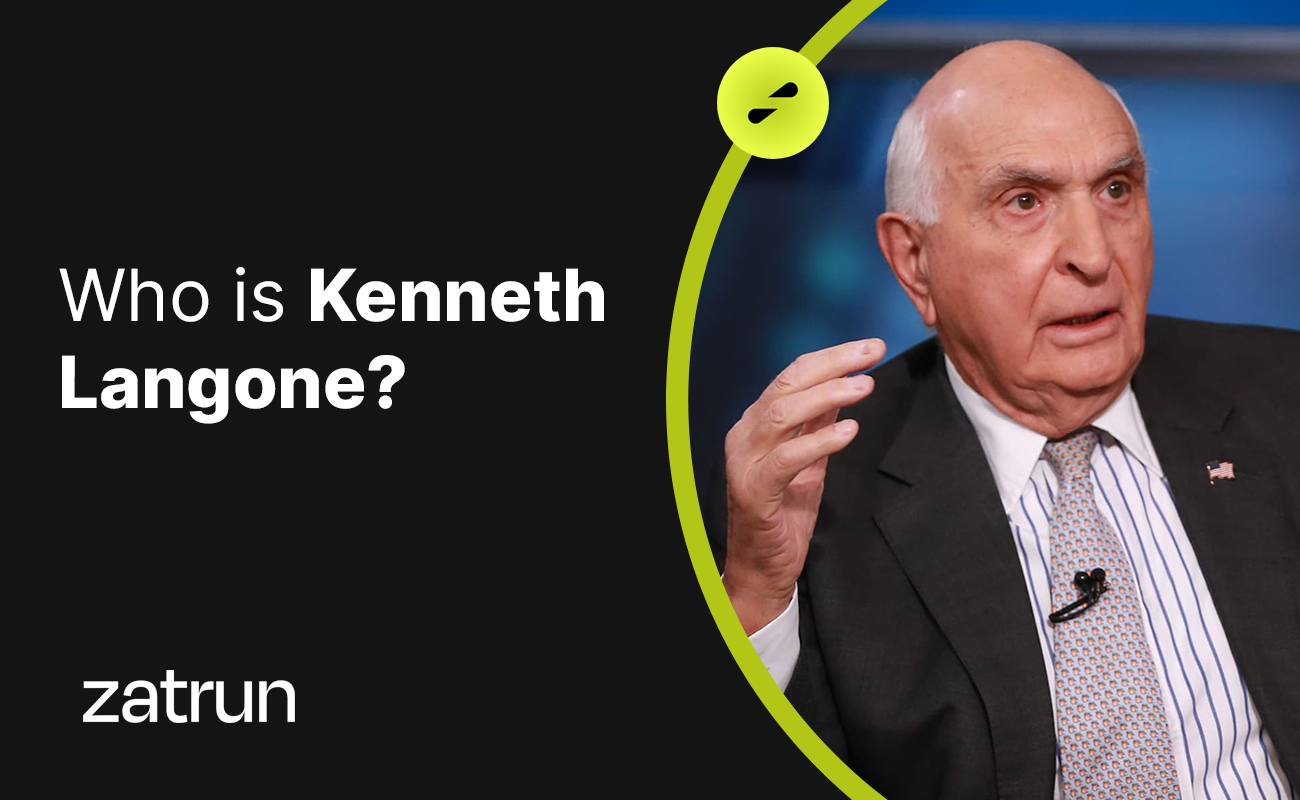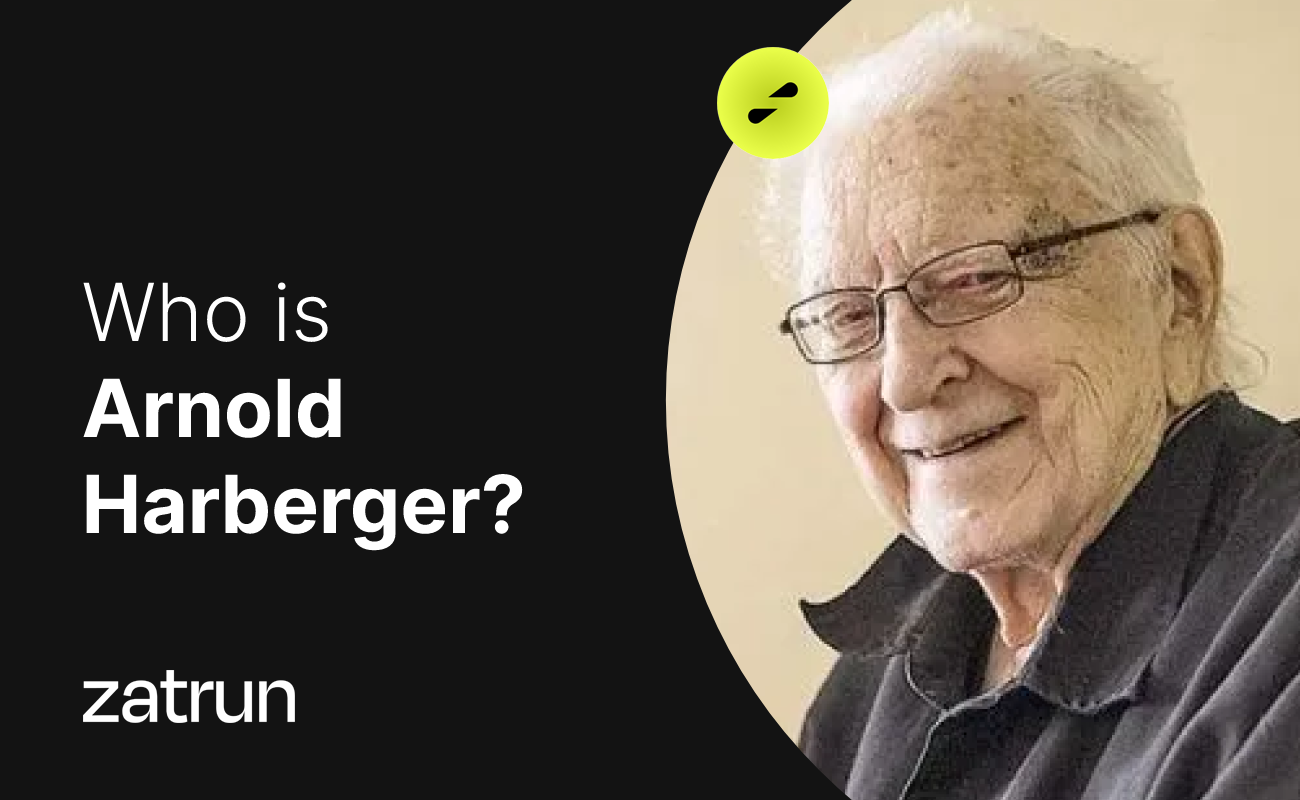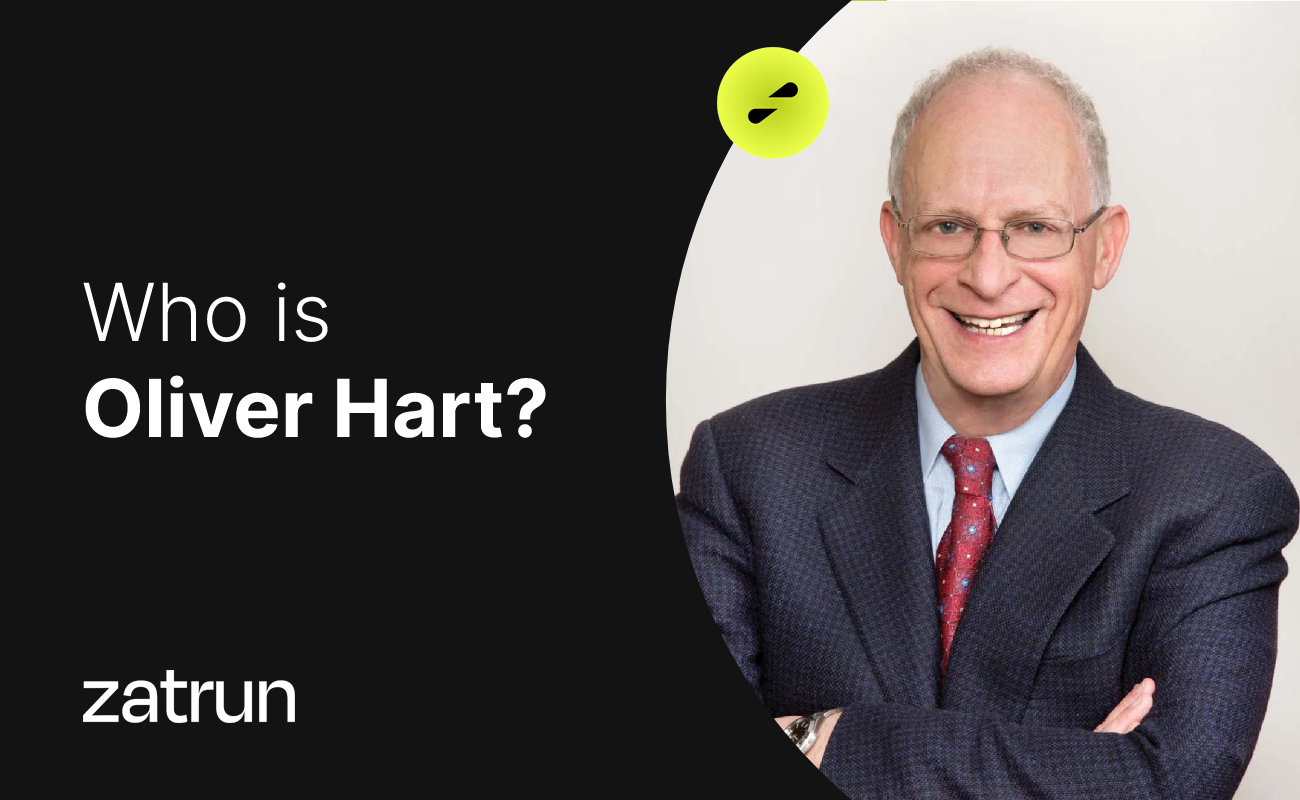In our article titled “Roy Harrod 101: Who is the Famous British Economist?”, we will delve into everything you need to know about Roy Harrod, a renowned British economist, to satisfy the curiosity of our readers at Zatrun.com.
Who is Roy Harrod?
Roy Harrod was a British economist who held views that formed the foundation of Post-Keynesian economics. Born in London in 1900, he received his education at schools such as St. Paul’s School and Westminster School. He entered New College as a history scholar at Oxford University and briefly served as an artilleryman in 1918. He graduated with first-class honors in literae humaniores in 1921 and the following year in modern history. Later, in 1922, he went to King’s College, Cambridge, where he met Keynes and became his friend.
After returning to Oxford, he became a student and lecturer in history and economics at Christ Church. He remained a modern history and economics scholar until 1967 and continued to communicate with Keynes until his death in 1946, after which he wrote his biography in 1951. Harrod worked as a scholar at Nuffield College from 1938 to 1947 and from 1954 to 1958.
While at Oxford, Harrod became a member of the Railway Club, which included names such as Henry Yorke, Roy Harrod, Henry Thynne, 6th Marquess of Bath, David Plunket Greene, 7th Earl of Ilchester Edward Henry Charles James Fox-Strangways, Brian Howard, 6th Earl of Rosse Michael Parsons, John Sutro, Hugh Lygon, Harold Acton, 2nd Baron Moyne Bryan Guinness, 3rd Baron Kinross Patrick Balfour, Mark Ogilvie-Grant, and John Drury-Lowe.
Career and Achievements
During the Second World War, Harrod briefly served in a statistical department called “S-branch” under Churchill. In the 1945 election, he ran as the Liberal Party candidate for Huddersfield and came third. In 1966, Harrod became the second winner of the award-winning Bernhard-Harms-Preis. After retiring in 1967, he moved to Norfolk Holt.
In an interview for the book “Writers Take Sides on the Vietnam War,” Harrod identified himself as a supporter of the American military campaign in Indochina. Assar Lindbeck, former Chairman of the Nobel Prize Committee, wrote that if Harrod had lived longer, he would have been worthy of the Nobel Prize in Economic Sciences. In 1938, Harrod married Wilhelmine “Billa” Cresswell (1911-2005), who was the adopted daughter of General Sir Peter Strickland. One of their sons is Dominick Harrod, an economics news presenter for the BBC.
“The Life of John Maynard Keynes”
After the death of economist John Maynard Keynes, who was a Cambridge colleague and collaborator, in 1946, Harrod and Austin Robinson wrote a lengthy obituary for Keynes in The Economic Journal. With the encouragement of Geoffrey Keynes, Harrod took on the task of writing a major biography of Keynes. “The Life of John Maynard Keynes” was published to wide acclaim in 1951 and was written while Keynes’ family and friends were still alive.
The post-war impact of Keynesian economics, named after him and subsequently questioned, the cultural interests of the Bloomsbury Group, and The Collected Writings of John Maynard Keynes published in 30 volumes in the 1970s and 1980s, have revealed more biographies and detailed studies of Keynes’ life. Among these are Robert Skidelsky and Donald Moggridge, who undertook the task of correcting and adding detail to the biography of Keynes painted by Harrod, as well as detailed studies by Donald Markwell on Keynes and international relations. Skidelsky in particular has compared Harrod’s hagiographic depiction of Keynes in his biography.


